Filter by
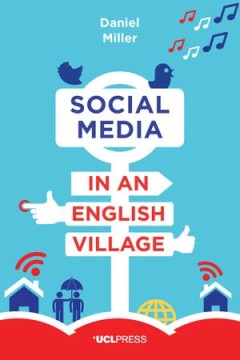
Social Media in an English Village
Daniel Miller spent 18 months undertaking an ethnographic study with the residents of an English village, tracking their use of the different social media platforms. Following his study, he argues that a focus on platforms such as Facebook, Twitter and Instagram does little to explain what we post on social media. Instead, the key to understanding how people in an English village use social med…
- Edition
- -
- ISBN/ISSN
- 9781910634448
- Collation
- -
- Series Title
- -
- Call Number
- 301 MIL s
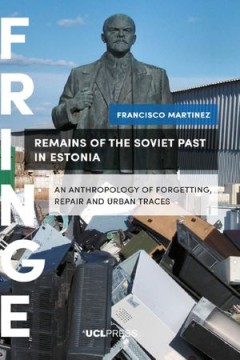
Remains of the Soviet Past in Estonia
What happens to legacies that do not find any continuation? In Estonia, a new generation that does not remember the socialist era and is open to global influences has grown up. As a result, the impact of the Soviet memory in people’s conventional values is losing its effective power, opening new opportunities for repair and revaluation of the past. Francisco Martinez brings together a number …
- Edition
- -
- ISBN/ISSN
- 9781787353534
- Collation
- -
- Series Title
- -
- Call Number
- 940.3 MAR r

London’s Urban Landscape
London’s Urban Landscape is the first major study of a global city to adopt a materialist perspective and stress the significance of place and the built environment to the urban landscape. Edited by Christopher Tilley, the volume is inspired by phenomenological thinking and presents fine-grained ethnographies of the practices of everyday life in London. In doing so, it charts a unique perspec…
- Edition
- -
- ISBN/ISSN
- 9781787355583
- Collation
- -
- Series Title
- -
- Call Number
- 307.2
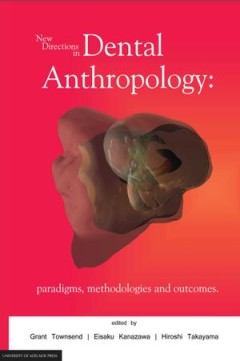
New Directions in Dental Anthropology: Paradigms, Methodologies and Uutcomes
This book contains papers arising from a symposium held during a combined meeting of The International Union of Anthropological and Ethnological Sciences (IUAES), The Australian Anthropological Society (AAS) and The Association of Social Anthropologists of Aotearoa New Zealand at the University of Western Australia from July 5-8th, 2011. It follows on from a recently published Special Issue Sup…
- Edition
- -
- ISBN/ISSN
- 9780987171870
- Collation
- -
- Series Title
- -
- Call Number
- 301 NEW n
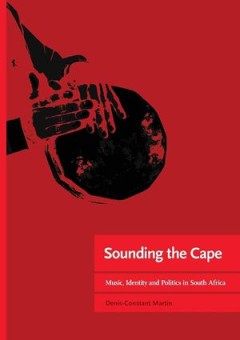
Sounding the Cape: Music, Identity and Politics in South Africa
For several centuries Cape Town has accommodated a great variety of musical genres which have usually been associated with specific population groups living in and around the city. Musical styles and genres produced in Cape Town have therefore been assigned an “identity” which is first and foremost social. This volume tries to question the relationship established between musical styles and…
- Edition
- -
- ISBN/ISSN
- 9781920489823
- Collation
- -
- Series Title
- -
- Call Number
- 301 MAR s
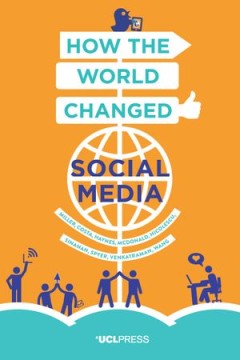
How the World Changed Social Media
How the World Changed Social Media is the first book in Why We Post, a book series that investigates the findings of nine anthropologists who each spent 15 months living in communities across the world. This book offers a comparative analysis summarising the results of the research and exploring the impact of social media on politics and gender, education and commerce. What is the result of the…
- Edition
- -
- ISBN/ISSN
- 9781910634493
- Collation
- -
- Series Title
- -
- Call Number
- 301 SIN s
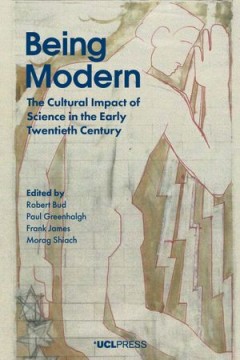
Being Modern
In the early decades of the twentieth century, engagement with science was commonly used as an emblem of modernity. This phenomenon is now attracting increasing attention in different historical specialties. Being Modern builds on this recent scholarly interest to explore engagement with science across culture from the end of the nineteenth century to approximately 1940. Addressing the breadth …
- Edition
- -
- ISBN/ISSN
- 9781787353930
- Collation
- -
- Series Title
- -
- Call Number
- 900 BEI b
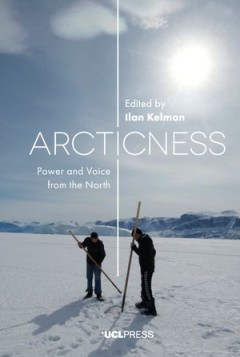
Arcticness
Climate change and globalisation are opening up the Arctic for exploitation by the world – or so we are told. But what about the views, interests and needs of the peoples who live in the region? This volume explores the opportunities and limitations in engaging with the Arctic under change, and the Arctic peoples experiencing the changes, socially and physically. With essays by both academics…
- Edition
- -
- ISBN/ISSN
- -
- Collation
- -
- Series Title
- -
- Call Number
- 363.34 ARC a
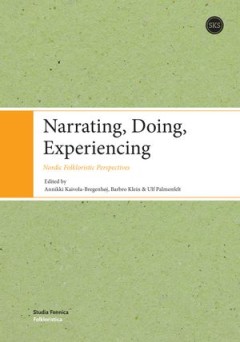
Narrating, Doing, Experiencing
How do people tell of experiences, things and events that mean a lot to them and are unforgettable? Eight Nordic folklorists here examine personal experience stories and the way they are narrated in an attempt to gain an understanding of the people behind them and to reveal how these people handle their history, their lives and their cultural memory. All the articles are based on interviews and…
- Edition
- -
- ISBN/ISSN
- 9789518580648
- Collation
- -
- Series Title
- -
- Call Number
- 301 PAL n

Rhetorics of Nordic democracy
Democracy is today a concept that is overwhelmingly positively evaluated almost everywhere. A lot has been written about socio-economic and cultural backgrounds of democratic regimes as well as their institutional settings. By contrast, not much is known about the political manoeuvres and speech acts by which 'democracy' has been tied to particular regions and cultures in concrete historical si…
- Edition
- -
- ISBN/ISSN
- 9789522222282
- Collation
- -
- Series Title
- -
- Call Number
- 321.8 RHE r
 Computer Science, Information & General Works
Computer Science, Information & General Works  Philosophy & Psychology
Philosophy & Psychology  Religion
Religion  Social Sciences
Social Sciences  Language
Language  Pure Science
Pure Science  Applied Sciences
Applied Sciences  Art & Recreation
Art & Recreation  Literature
Literature  History & Geography
History & Geography